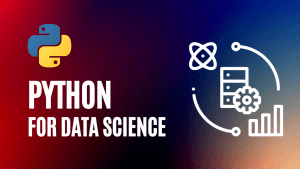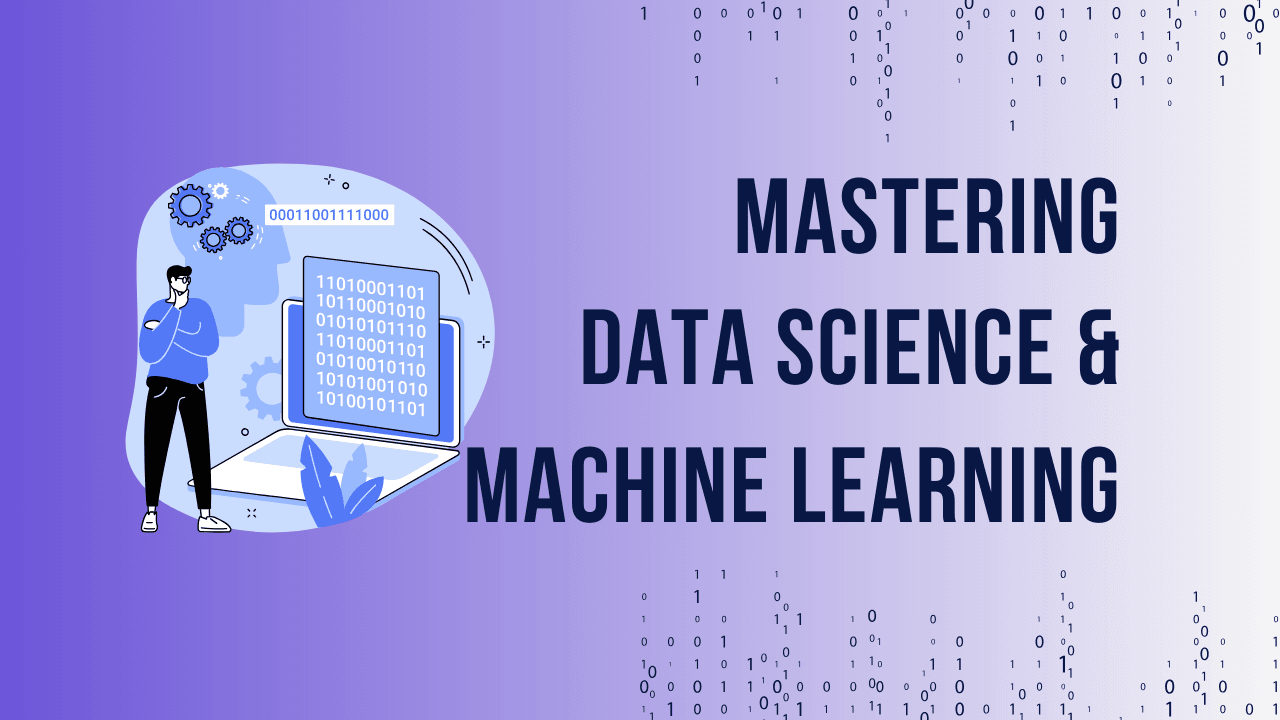Table of Contents
Toggle1. Introduction
India’s unemployment crisis remains a pressing issue, with millions struggling to find stable jobs in a rapidly changing economy. The traditional approaches to resolving unemployment often fall short, as they cannot keep pace with the evolving job market. However, harnessing the power of data science offers a promising solution. Data science, with its ability to analyze large datasets and predict trends, can provide the insights needed to address the unemployment crisis in India. In this article, we’ll explore how data science can reshape the labor market and contribute to reducing unemployment.
Ready to take your data analysis skills to the next level? Check out our comprehensive Python for Data Science Course!
2. Unemployment Crisis in India: An Overview
India’s unemployment rate has fluctuated in recent years, influenced by several factors such as economic downturns, the impact of the COVID-19 pandemic, and rapid technological advancements. According to recent statistics, India’s unemployment rate stands at around 8%, with higher numbers in rural areas. The primary reasons for this include a mismatch between available skills and job market requirements, inadequate education systems, and the growing reliance on automation. Data science can help bridge this gap by providing insights into where the demand for skills is highest and how to better prepare workers for these roles.
3. The Role of Data Science in Addressing Unemployment
Data science uses advanced algorithms and statistical methods to analyze vast amounts of data, revealing trends and insights that would otherwise remain hidden. In the context of unemployment, data science can identify sectors where job opportunities are growing and highlight skill gaps in the workforce. By utilizing data science tools like predictive analytics, governments and businesses can better forecast labor market demands and plan accordingly. This, in turn, can reduce the mismatch between available jobs and job seekers’ qualifications.
4. Identifying Skill Gaps Using Data Science
One of the primary challenges in tackling unemployment is the disconnect between the skills job seekers possess and the skills employers need. Data science can analyze large datasets from educational institutions, job postings, and industry trends to pinpoint specific skill gaps. For instance, the data may reveal that while there is a growing demand for data analysts in certain sectors, educational institutions are not producing enough graduates with the required skills. This information allows policymakers and educators to adjust their programs to meet market demands.
5. Reskilling the Workforce with Data-Driven Insights
Reskilling and upskilling the workforce is essential in a rapidly changing job market. Data science can help design effective reskilling programs by analyzing which sectors are likely to experience growth and identifying the skills that will be in demand. For example, the rise of AI and machine learning has created a high demand for data science professionals. Governments and educational institutions can use these insights to create targeted training programs that equip workers with the skills needed to fill these roles.
6. Data Science Applications in Job Creation
Beyond analyzing the job market, data science can also drive job creation. By fostering innovation and entrepreneurship, data science can help identify new business opportunities and areas where technological advancements can lead to job growth. Startups in fields like fintech, e-commerce, and health tech have already leveraged data science to create new products and services, resulting in increased employment opportunities.
Ready to take your data analysis skills to the next level? Check out our comprehensive Python for Data Science Course!
7. Employment Forecasting with Data Science Models
Data science offers robust tools for predicting future job markets. By analyzing historical data, machine learning models can forecast which industries are likely to expand and what skills will be in demand in the coming years. This information can help both job seekers and educational institutions align their efforts with future employment needs, ensuring that more individuals are trained for the jobs of tomorrow.
8. The Role of AI and Machine Learning in Employment
Artificial intelligence (AI) and machine learning (ML) are often seen as threats to employment due to their potential to automate jobs. However, when combined with data science, these technologies can also create new jobs, particularly in fields like data analysis, cybersecurity, and AI development. While there are concerns about the impact of automation on certain job sectors, AI-driven insights can help reskill workers and prepare them for roles in the digital economy.
9. Government Initiatives Leveraging Data Science
Several government initiatives in India have begun leveraging data science to address unemployment. Programs like Skill India and Digital India focus on equipping the workforce with digital skills that are in high demand. These initiatives use data-driven approaches to determine which skills are needed in various industries, ensuring that training programs are aligned with market needs.
10. Conclusion
In conclusion, harnessing the power of data science can play a significant role in addressing India’s unemployment crisis. By using data to identify skill gaps, predict future job markets, and design effective reskilling programs, data science can help reduce the mismatch between job seekers and job opportunities. With the right policies and investments, data science can be a powerful tool in creating a more resilient and adaptable workforce, ultimately reducing unemployment in India.
FAQs
How can data science reduce unemployment in India? Data science can analyze labor market trends, identify skill gaps, and help create targeted reskilling programs to match job seekers with available opportunities.
What role does AI play in addressing unemployment? While AI may automate some jobs, it also creates new roles in fields like AI development, data analysis, and cybersecurity, helping reduce unemployment in the long run.
How can governments use data science for employment solutions? Governments can use data science to design policies that align educational programs with job market demands, helping reduce unemployment.
Which sectors can benefit from data science for job creation? Sectors like fintech, e-commerce, and health tech have already leveraged data science to create new employment opportunities.
Is data science only relevant for urban employment? No, data science can also help address rural unemployment by identifying local job opportunities and improving access to reskilling programs.
What are the long-term benefits of using data science for unemployment? In the long term, data science can create a more adaptable workforce, reduce the skills gap, and prepare workers for the jobs of the future.
Ready to take your data analysis skills to the next level? Check out our comprehensive Python for Data Science Course!



